Al Asad Station.
The name plate seems to be wrong: Ralid Ra’ak, or Ralid Ra’ad, or Deir Ud?
There is some disagreement over the name of this station. The problem with the name originates from the fact that the Ottomans used to write in Arabic but the pronunciation was in Turkish. (i.e. Turkish language written with the Arabic alphabet). The problem with the name: Ralid Raad is that it doesn’t sound meaningful in Arabic nor in Turkish. M. Nagshabandi (Saudi Arabia)
If a Turkish person reads this, perhaps they could contact me with help with this name. (If you can offer some help, please contact the webmaster of Nabataea.net here.)
On August 9th, 2006, Tosun Saral contacted us and confirmed for us that ‘Ralid Raad’ was not a Turkish name.
The Ottoman Year Book lists this station as Delsa’d, or Dilsaid. A more common name for this statin was Al Asad.tation
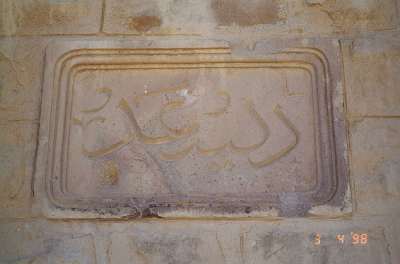
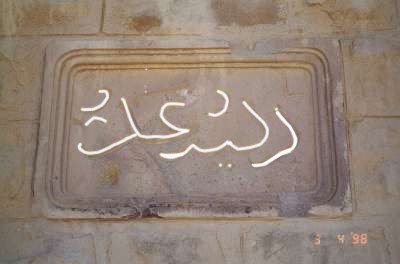
Note on the above by Dr. Peter Pikkert, who is fluent in both Arabic and Turkish: I think it says “Deir Ud/Ad” (ud with an Ain) i.e., monestary of Ud. (I noted that another station was called Deir Ali, so that is not inconceivable) “Ad” or “addi” in Ottoman Turkish meant “being accepted/accepted as such” or “counted, be counted”. So, could it mean “Acceptance Cloyster/Monestary”?
This idea was contested by Levent Seral, one of our readers. He writes in 2010:
Dear Sir,
I would like to add more info about the station designated as “Ralid Ra’ad”: According to the 1910 Year Book of the Ottoman State (i.e. Sâl Nâme) and the “Nomenclature de Bureaux de Poste et de Telegraphe de l’Empire Ottoman” published in 1909 by the General Directorate of Ottoman Posts, Telegraphs and Telephones (i.e. PTT); a station was inaugurated at a location called “Dilsaïd” presently known as “al Asad” at approximately 45 km south east of “al Akhdhar” station. The French transcription of Turkish and Arabic names being rather erroneous at the beginning of the Twentieth Century; I have checked the Turkish section of the Postal Lists and found out that the station in question was written as “delsa’d”. Consequently, I tend to believe that the stone marker shown in your site is a recently “restored” specimen which must have been copied from a very damaged original. Even though I must agree with Mr. Pikkert about how to read this “new” stone marker; I very much doubt that an almost deserted location in the middle of the Arabian Peninsula should have a “Respected Church” as in the case of Syria and Lebanon.
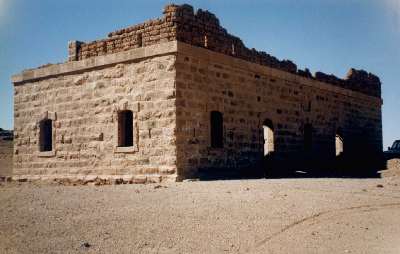
These pictures were supplied by Gerhard Henrich. For more great pictures of the Hejaz Railway, please see Gerhard’s site:http://www.henrich-center.de/index.html.
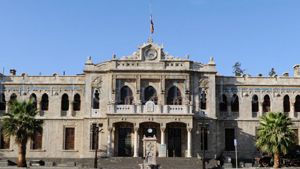
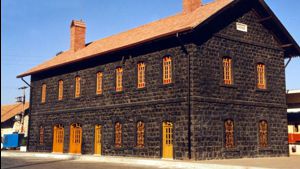
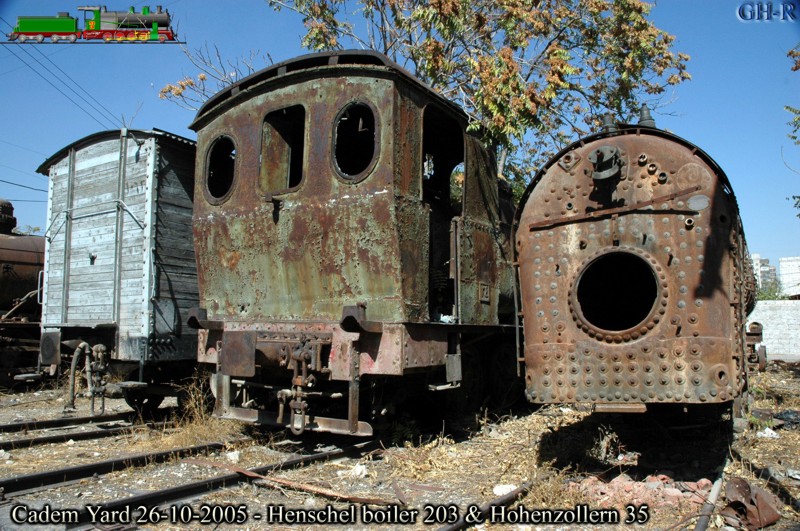

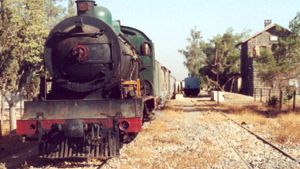
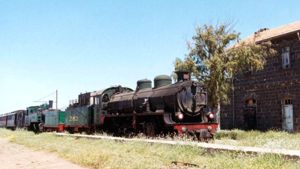
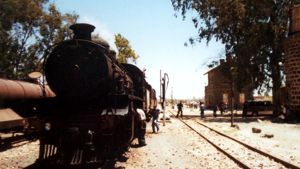
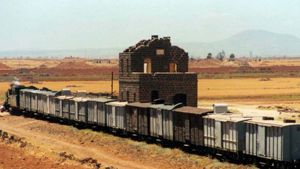
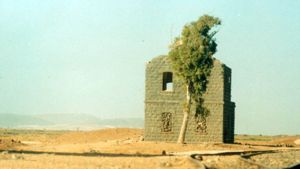
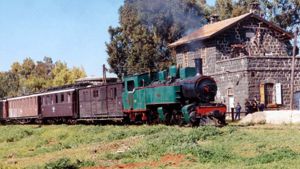
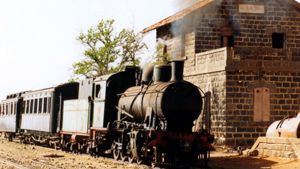
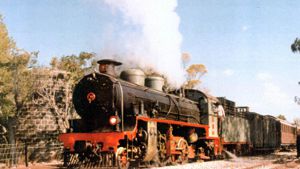
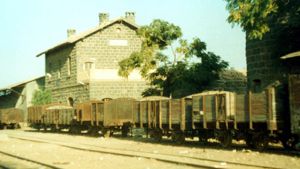
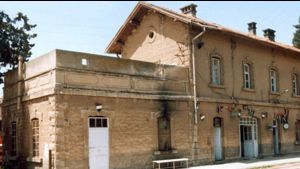
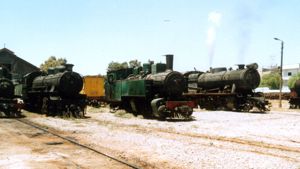
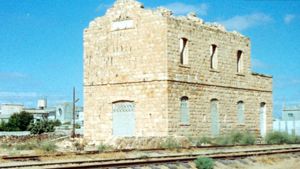
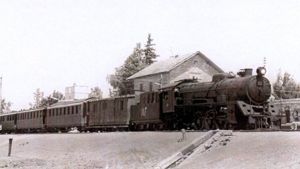
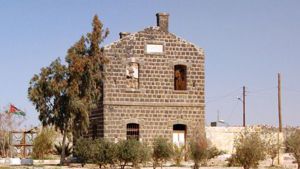
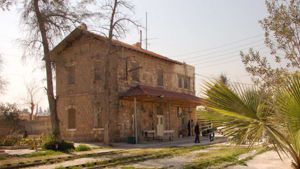
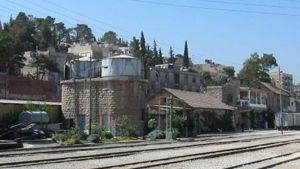

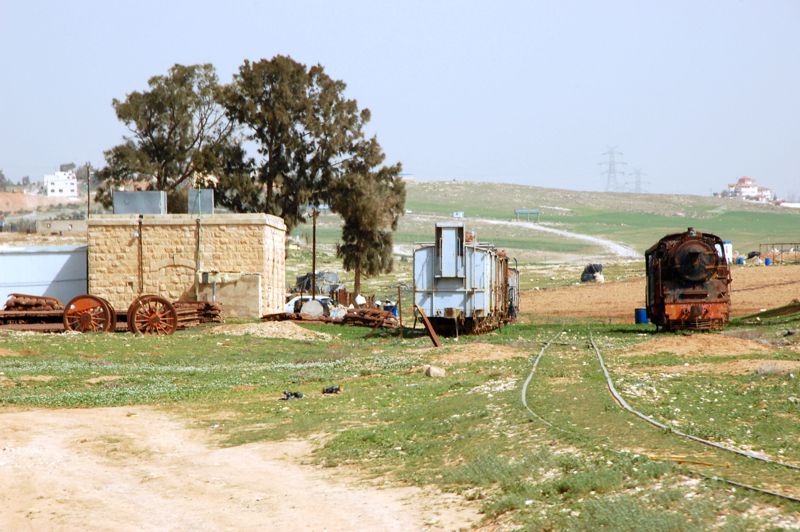
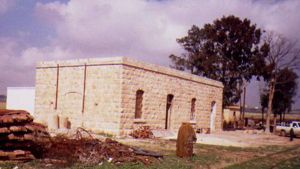
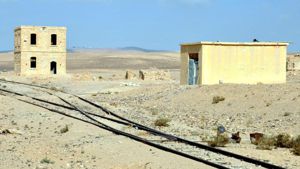
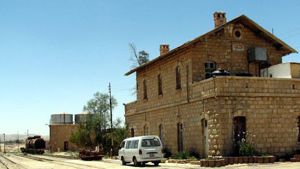

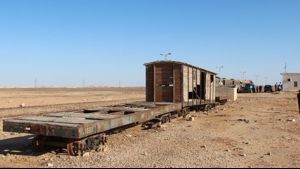
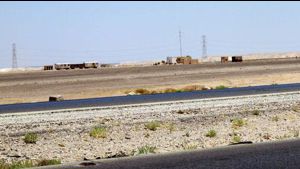
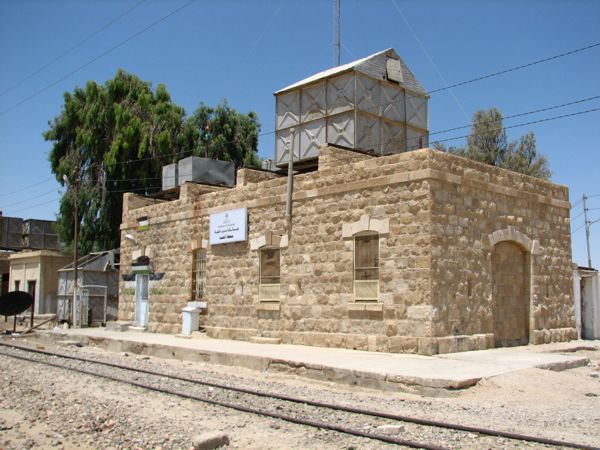
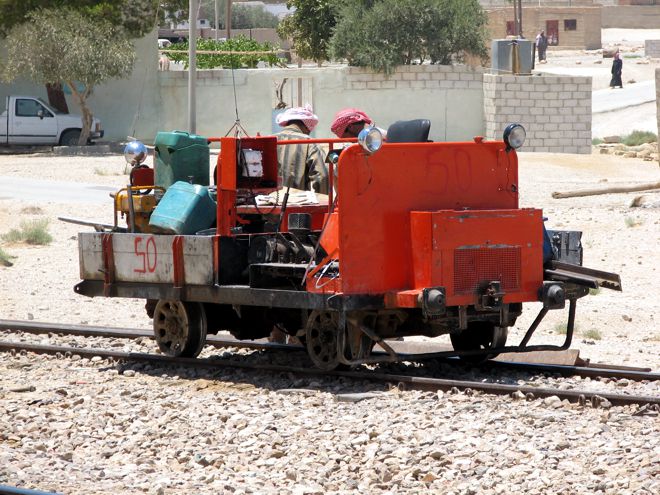
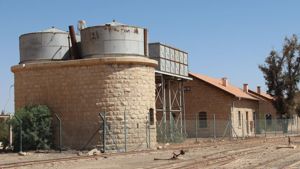
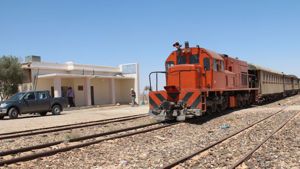
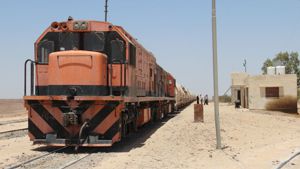
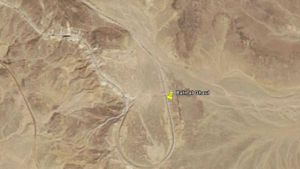
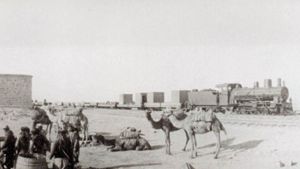
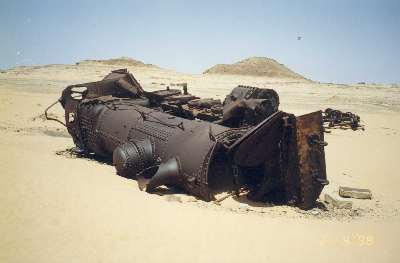
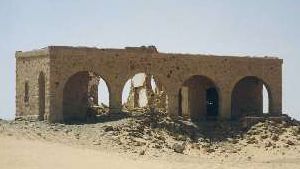
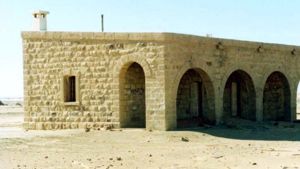
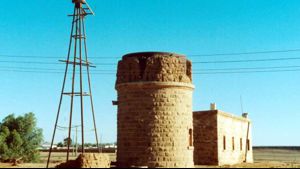
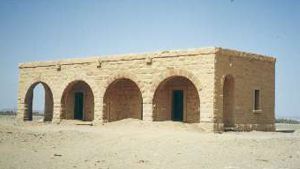
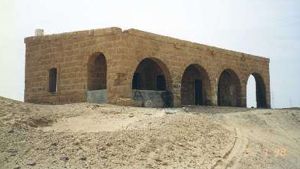
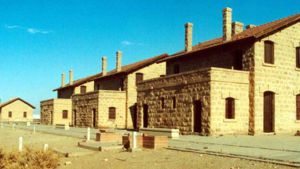
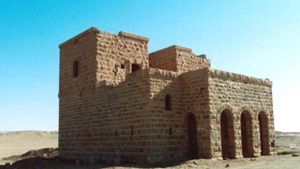
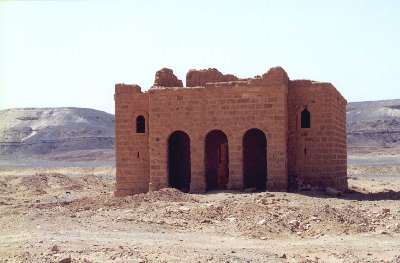
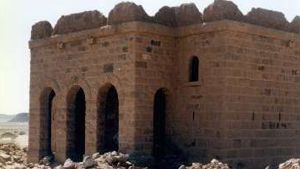
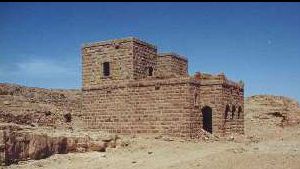
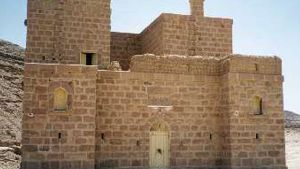
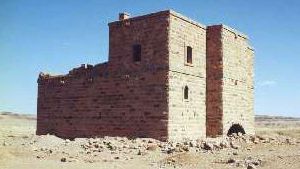
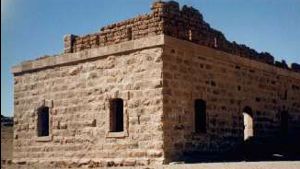
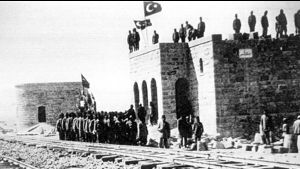
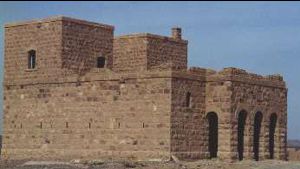
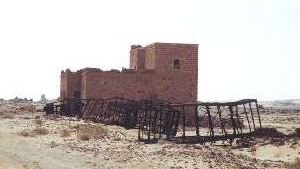
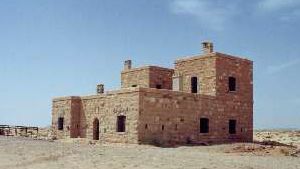
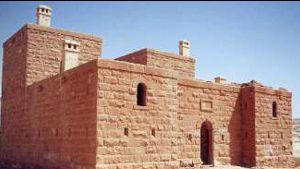
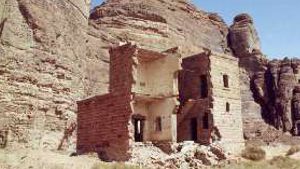
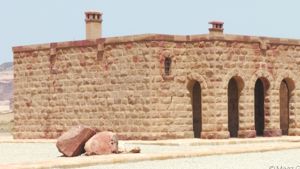
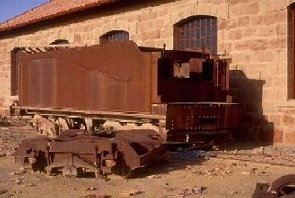
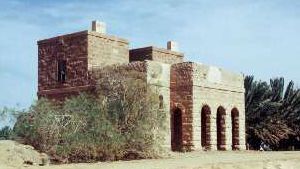
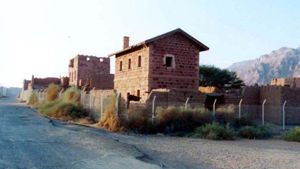
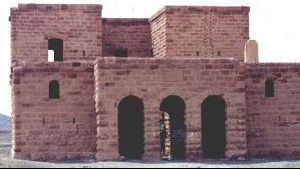

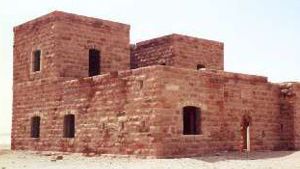
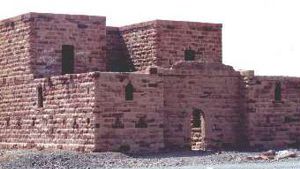
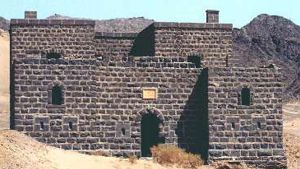
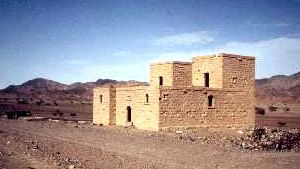
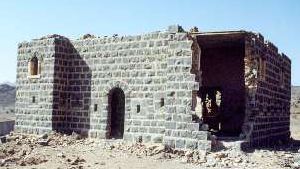
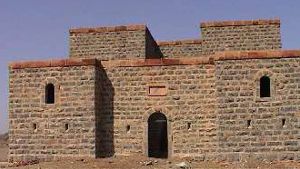
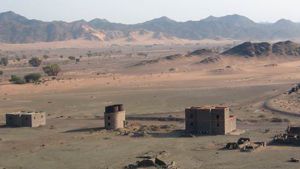
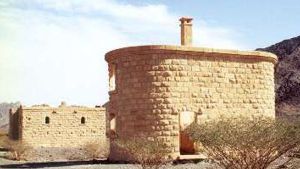
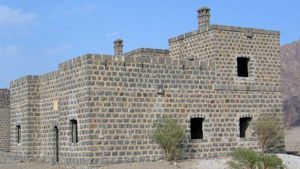
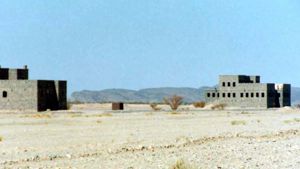
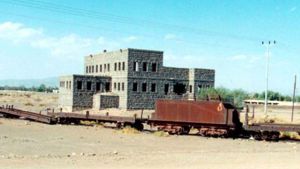
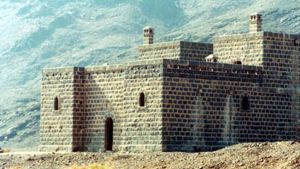
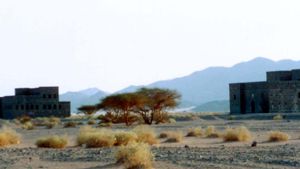
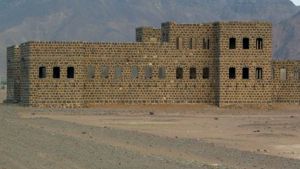
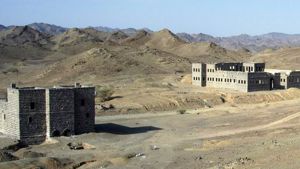
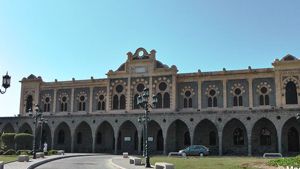
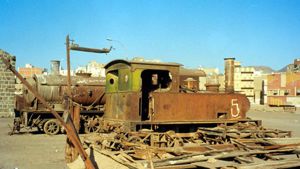
Page Discussion
Membership is required to comment. Membership is free of charge and available to everyone over the age of 16. Just click SignUp, or make a comment below. You will need a user name and a password. The system will automatically send a code to your email address. It should arrive in a few minutes. Enter the code, and you are finished.
Members who post adverts or use inappropriate language or make disrespectful comments will have their membership removed and be barred from the site. By becoming a member you agree to our Terms of Use and our Privacy, Cookies & Ad Policies. Remember that we will never, under any circumstances, sell or give your email address or private information to anyone unless required by law. Please keep your comments on topic. Thanks!